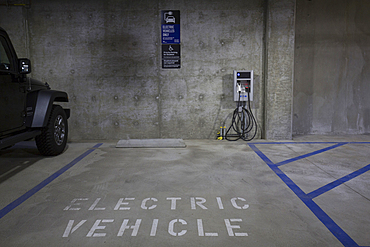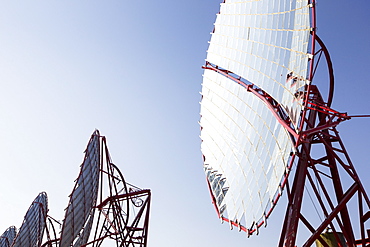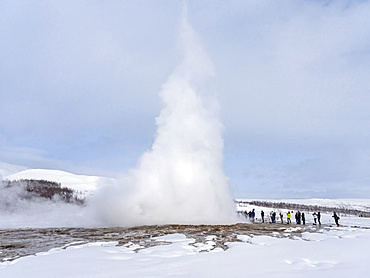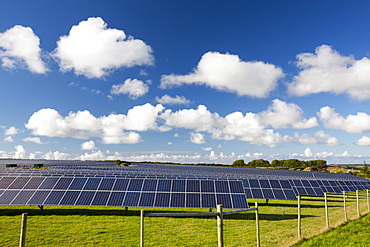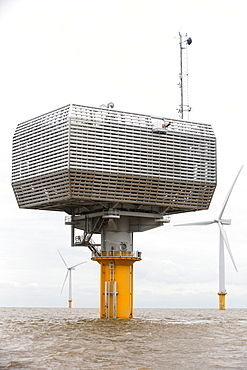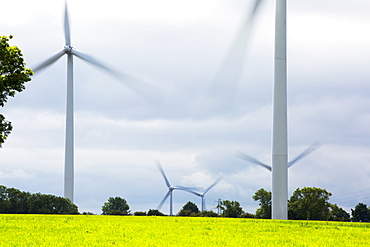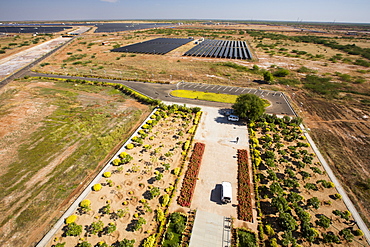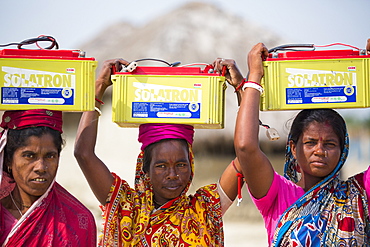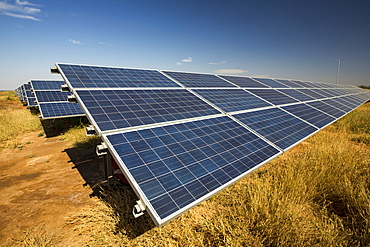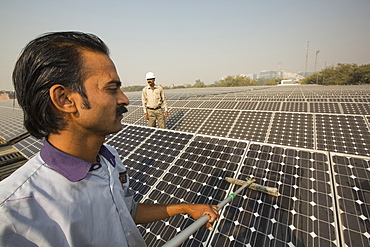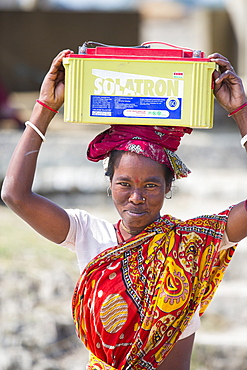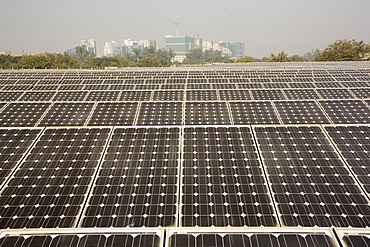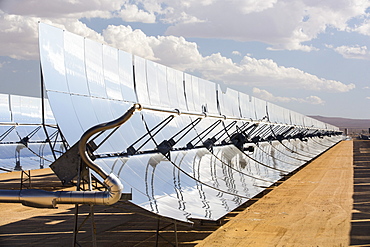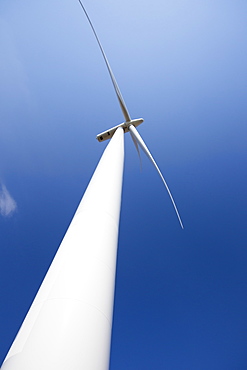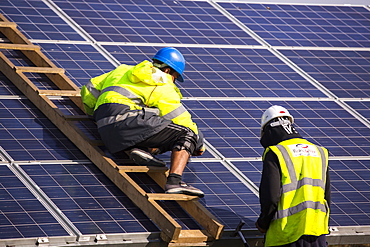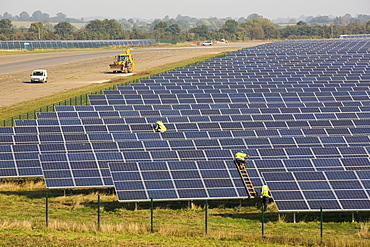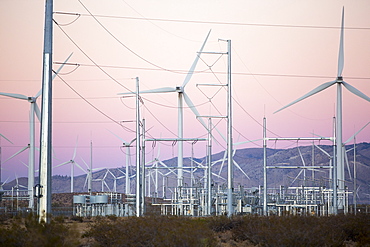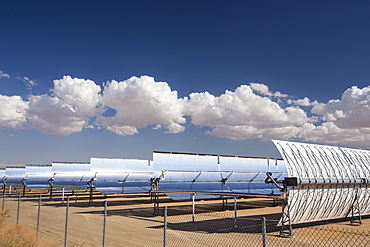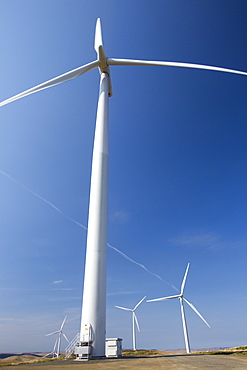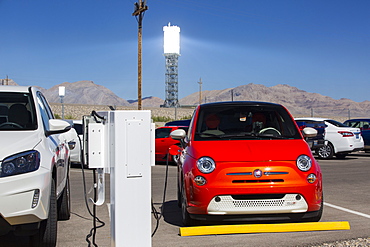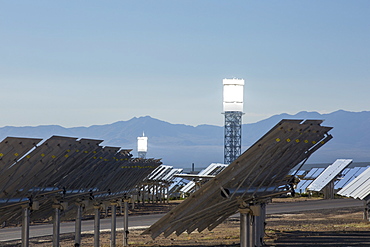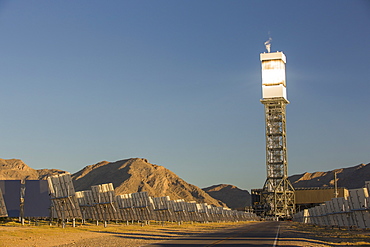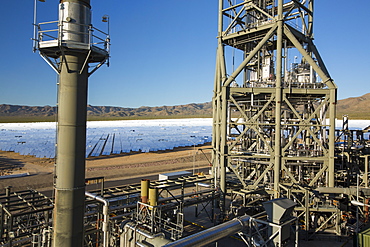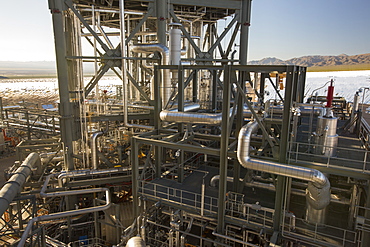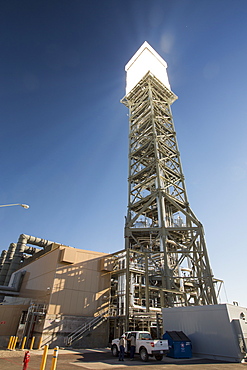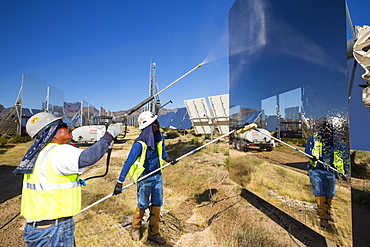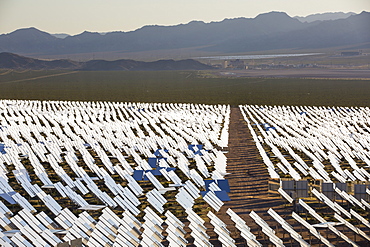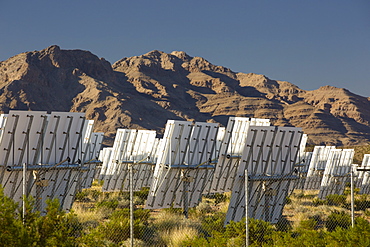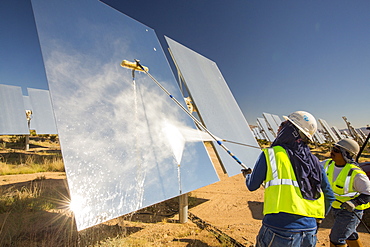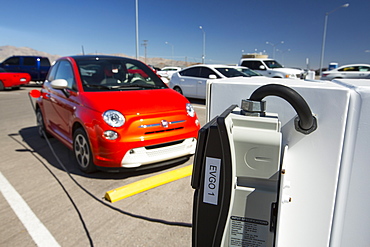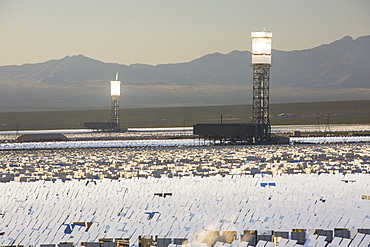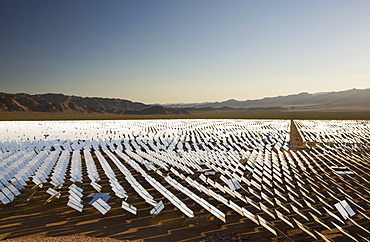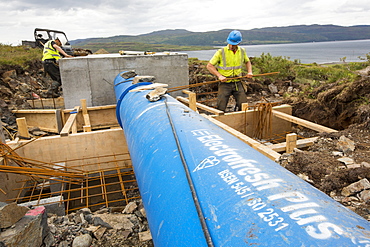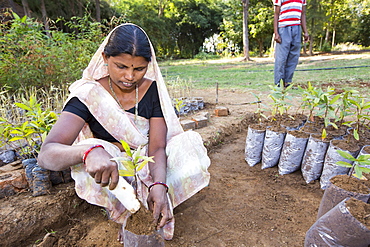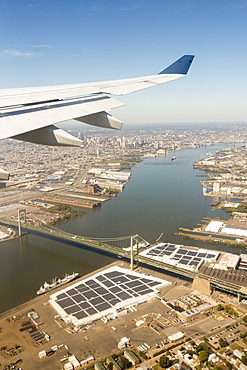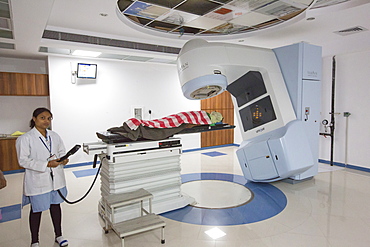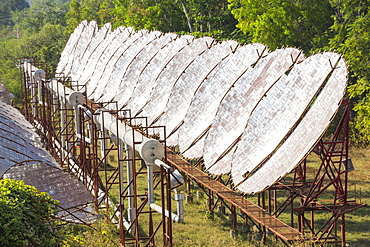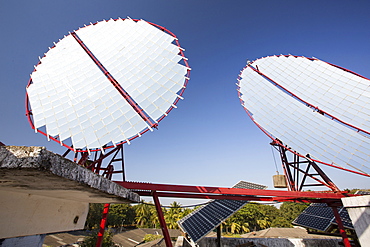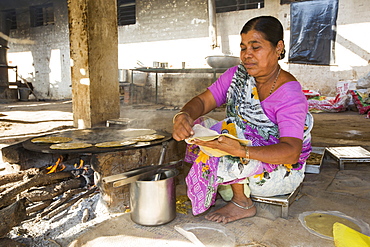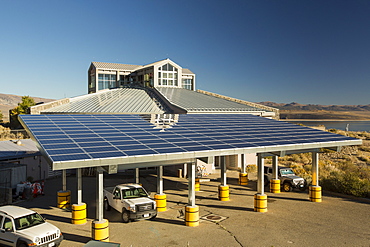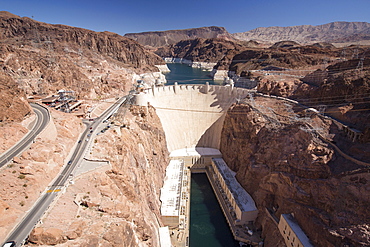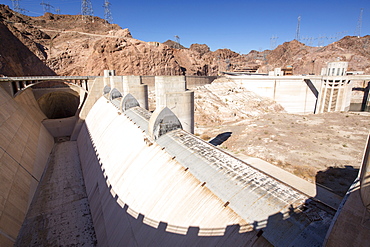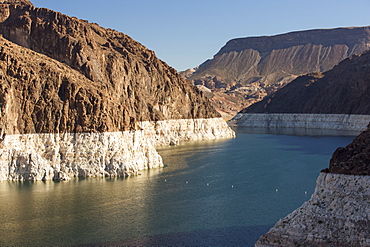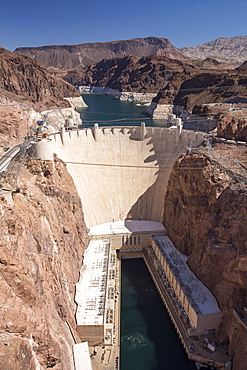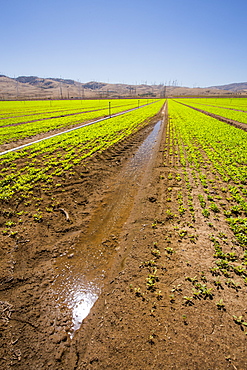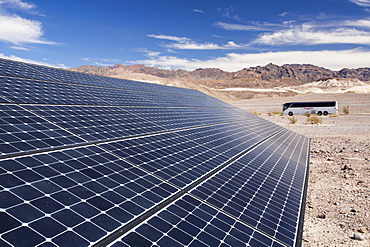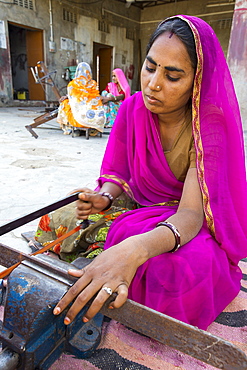Recent searches
Loading...
1178-41783 - Electric vehicle parking space and charging station
1178-33497 - Wind turbines and solar panels in remote landscape
1174-6443 - Wind turbines in green rolling landscape, Spokane, Washington, USA
1174-6441 - Wind turbines at sunset, Shelby, Montana, USA
857-95440 - Tree harvester working in Grizedale Forest, Lake District, UK
857-95180 - Log pile of freshly cut timber in Grizedale forest on side of dirt road, Lake District, UK
857-94641 - The Muni Seva Ashram in Goraj, near Vadodara, India, is a tranquil haven of humanitarian care. The Ashram is hugely sustainable, next year it will be completely carbon neutral. Its first solar panels were installed in 1984, long before climate change was on anyones agenda. Their energy is provided from solar panels, and wood grown on the estate. Waste food and animal manure is turned inot biogas to run the estates cars and also used for cooking. Solar cookers are also used, and the air conditioning for the hospital is solar run. 70 % of the food used is grown on the estate. They provide an orphanage, schools for all ages, vocational training, care for the elderly, a specialist cancer hospital withstate of the art machinary, and even have a solar crematorium. This shot shows solar panels that focus the suns rays on heat exchangers to boil oil, which is then sent down to the kitchens below to heat the cookers.
746-88259 - Geothermal area Seltun heated by the vulcano Krysuvik on Reykjanes peninsula during winter. europe, northern europe, iceland, February
746-88254 - The geothermal area Haukadalur part of the touristic route Golden Circle during winter. Geysir Strokkur. europe, northern europe, iceland, March
746-88258 - Geothermal area Hveraroend with mudpots, fumarales and solfataras near lake Myvatn and the ring road. europe, northern europe, iceland, February
746-88256 - Geothermal power plant Kroefluvirkjun near the vulcano Krafla and lake Myvatn in the snowy highlands of wintery Iceland. europe, northern europe, iceland, February
746-88257 - Geothermal power plant Kroefluvirkjun near the vulcano Krafla and lake Myvatn in the snowy highlands of wintery Iceland. europe, northern europe, iceland, February
746-88255 - The geothermal area Haukadalur part of the touristic route Golden Circle during winter. Geysir Strokkur. europe, northern europe, iceland, March
1226-99 - Masdar City, a carbon neutral building project relying on solar energy and other renewable power sources, Abu Dhabi, United Arab Emirates, Middle East
1226-102 - Masdar City, a carbon neutral building project relying on solar energy and other renewable power sources. Abu Dhabi, United Arab Emirates, Middle East
1226-104 - Masdar City, a carbon neutral building project relying on solar energy and other renewable power sources, Abu Dhabi, United Arab Emirates, Middle East
911-10881 - The Walney Offshore wind farm behind hay bales in a field on Walney Island, cumbria, UK.
911-10882 - A farm based solar plant near wadebridge, Cornwall, UK,
911-10884 - Gunfleet Sands offshore wind farm, including the sub station is owned and operated by Dong energy. It consists of 48 turbines off Brightlingsea in essex, UK, and has a capacity of 172 MW, enough to power 125,000 homes
911-10885 - Yelvertoft wind farm near Cranford, Northamptonshire, UK.
911-10883 - Gunfleet Sands offshore wind farm is owned and operated by Dong energy. It consists of 48 turbines off Brightlingsea in essex, UK, and has a capacity of 172 MW, enough to power 125,000 homes.
911-10503 - Asia's largest solar power station, the Gujarat Solar Park, in Gujarat, India. It has an installed capacity of 1000 MW
911-10506 - Asia's largest solar popwer station, the Gujarat Solar Park, in Gujarat, India. It has an installed capacity of 1000 MW
911-10496 - Workers at a 1 MW solar power station run by Tata power on the roof of an electricity company in Delhi, India.
911-10507 - A solar cooker being used to cook food at the offices of WWF India, in Delhi, India.
911-10502 - Asia's largest solar popwer station, the Gujarat Solar Park, in Gujarat, India. It has an installed capacity of 1000 MW
911-10500 - The Kamal factory in Bangalore, Karnataka, India that manufactures solar thermal panels for heating water.
911-10498 - A WWF project to supply electricity to a remote island in the Sunderbans, a low lying area of the Ganges Delta in Eastern India, that is very vulnerable to sea level rise. Prior to this project the subsistence farmers had no access to electricity. The project involves charging large batteries from solar panels. Each villager collects a battery to run household lighting, and returns to the recharging station once a week to recharge their battery. This shot shows women carrying the heavy batteries (20Kg) from the charging station.
911-10504 - Asia's largest solar popwer station, the Gujarat Solar Park, in Gujarat, India. It has an installed capacity of 1000 MW
911-10494 - Workers washing the dust off solar panels at a 1 MW solar power station run by Tata power on the roof of an electricity company in Delhi, India, to make them more efficient.
911-10497 - A WWF project to supply electricity to a remote island in the Sunderbans, a low lying area of the Ganges Delta in Eastern India, that is very vulnerable to sea level rise. Prior to this project the subsistence farmers had no access to electricity. The project involves charging large batteries from solar panels. Each villager collects a battery to run household lighting, and returns to the recharging station once a week to recharge their battery. This shot shows women carrying the heavy batteries (20Kg) from the charging station.
911-10495 - A 1 MW solar power station run by Tata power on the roof of an electricity company in Delhi, India.
911-10499 - The Kamal factory in Bangalore, Karnataka, India that manufactures solar thermal panels for heating water.
911-10501 - The Kamal factory in Bangalore, Karnataka, India that manufactures solar thermal panels for heating water.
911-10505 - Asia's largest solar popwer station, the Gujarat Solar Park, in Gujarat, India. It has an installed capacity of 1000 MW. Here workers wash dust off the panels to increase their efficiency.
911-10798 - The 354 megawatts SEGS plant at Kramer Junction is the second largest solar thermal power plant in the world, mojave Desert, California, USA.
911-10746 - The Clyde Wind Farm in the Southern Uplands of Scotland near Biggar. It is one of europes largest incorporating 152 wind turbines that produce 350 MW and covers 47 square kilomtres
911-10774 - Technicians work on Wymeswold Solar Farm the largest solar farm in the UK at 34 MWp, based on an old disused second world war airfield, Leicestershire, UK. It contains 130,000 panels and covers 150 acres.
911-10728 - Part of the Tehachapi Pass wind farm, the first large scale wind farm area developed in the US, California, USA.
911-10797 - Pylons take renewable electricity from the Copper Mountain Solar power plant in Nevada, USA.
911-10729 - Part of the Tehachapi Pass wind farm, the first large scale wind farm area developed in the US, California, USA.
911-10731 - Crops being irrigated below the Tehachapi Pass wind farm, the first large scale wind farm area developed in the US, California, USA.
911-10796 - Pylons carrying solar electric from the Copper Mountain Solar 3 project, is a 250-megawatt solar power plant that produces enough energy to power 80, 000 homes, in Nevada, USA.
911-10773 - Wymeswold Solar Farm the largest solar farm in the UK at 34 MWp, based on an old disused second world war airfield, Leicestershire, UK. It contains 130,000 panels and covers 150 acres.
911-10727 - Part of the Tehachapi Pass wind farm, the first large scale wind farm area developed in the US, California, USA, at sunrise.
911-10747 - The Clyde Wind Farm in the Southern Uplands of Scotland near Biggar. It is one of europes largest incorporating 152 wind turbines that produce 350 MW and covers 47 square kilomtres
911-10733 - Part of the Tehachapi Pass wind farm, the first large scale wind farm area developed in the US, California, USA, at sunrise.
911-10732 - Part of the Tehachapi Pass wind farm, the first large scale wind farm area developed in the US, California, USA, at sunrise.
911-10772 - Wymeswold Solar Farm the largest solar farm in the UK at 34 MWp, based on an old disused second world war airfield, Leicestershire, UK. It contains 130,000 panels and covers 150 acres.
911-10799 - The 354 megawatts SEGS plant at Kramer Junction is the second largest solar thermal power plant in the world, mojave Desert, California, USA.
911-10730 - Part of the Tehachapi Pass wind farm, the first large scale wind farm area developed in the US, California, USA.
911-10745 - The Clyde Wind Farm in the Southern Uplands of Scotland near Biggar. It is one of europes largest incorporating 152 wind turbines that produce 350 MW and covers 47 square kilomtres
911-10687 - Electric cars being recharged at the Ivanpah Solar Thermal Power Plant in California''s Mojave Desert is currently the largest solar thermal plant in the world. It generates 392 megawatts (MW) and deploys 173,500 heliostats that reflect the suns rays onto three solar towers. It covers 4,000 acres of desert.
911-10681 - The Ivanpah Solar Thermal Power Plant in California''s Mojave Desert is currently the largest solar thermal plant in the world. It generates 392 megawatts (MW) and deploys 173,500 heliostats that reflect the suns rays onto three solar towers. It covers 4,000 acres of desert.
911-10684 - The Ivanpah Solar Thermal Power Plant in California''s Mojave Desert is currently the largest solar thermal plant in the world. It generates 392 megawatts (MW) and deploys 173,500 heliostats that reflect the suns rays onto three solar towers. It covers 4,000 acres of desert.
911-10677 - The Ivanpah Solar Thermal Power Plant in California''s Mojave Desert is currently the largest solar thermal plant in the world. It generates 392 megawatts (MW) and deploys 173,500 heliostats that reflect the suns rays onto three solar towers. It covers 4,000 acres of desert.
911-10679 - The Ivanpah Solar Thermal Power Plant in California''s Mojave Desert is currently the largest solar thermal plant in the world. It generates 392 megawatts (MW) and deploys 173,500 heliostats that reflect the suns rays onto three solar towers. It covers 4,000 acres of desert.
911-10689 - The Ivanpah Solar Thermal Power Plant in California''s Mojave Desert is currently the largest solar thermal plant in the world. It generates 392 megawatts (MW) and deploys 173,500 heliostats that reflect the suns rays onto three solar towers. It covers 4,000 acres of desert.
911-10690 - The Ivanpah Solar Thermal Power Plant in California''s Mojave Desert is currently the largest solar thermal plant in the world. It generates 392 megawatts (MW) and deploys 173,500 heliostats that reflect the suns rays onto three solar towers. It covers 4,000 acres of desert.
911-10691 - The Ivanpah Solar Thermal Power Plant in California''s Mojave Desert is currently the largest solar thermal plant in the world. It generates 392 megawatts (MW) and deploys 173,500 heliostats that reflect the suns rays onto three solar towers. It covers 4,000 acres of desert.
911-10693 - Workers washing the heliostats to maximise reflective power at the Ivanpah Solar Thermal Power Plant in California''s Mojave Desert is currently the largest solar thermal plant in the world. It generates 392 megawatts (MW) and deploys 173,500 heliostats that reflect the suns rays onto three solar towers. It covers 4,000 acres of desert.
911-10683 - The Ivanpah Solar Thermal Power Plant in California''s Mojave Desert is currently the largest solar thermal plant in the world. It generates 392 megawatts (MW) and deploys 173,500 heliostats that reflect the suns rays onto three solar towers. It covers 4,000 acres of desert.
911-10682 - The Ivanpah Solar Thermal Power Plant in California''s Mojave Desert is currently the largest solar thermal plant in the world. It generates 392 megawatts (MW) and deploys 173,500 heliostats that reflect the suns rays onto three solar towers. It covers 4,000 acres of desert.
911-10678 - The Ivanpah Solar Thermal Power Plant in California''s Mojave Desert is currently the largest solar thermal plant in the world. It generates 392 megawatts (MW) and deploys 173,500 heliostats that reflect the suns rays onto three solar towers. It covers 4,000 acres of desert.
911-10692 - Workers washing the heliostats to maximise reflective power at the Ivanpah Solar Thermal Power Plant in California''s Mojave Desert is currently the largest solar thermal plant in the world. It generates 392 megawatts (MW) and deploys 173,500 heliostats that reflect the suns rays onto three solar towers. It covers 4,000 acres of desert.
911-10694 - Electric cars being recharged at the Ivanpah Solar Thermal Power Plant in California''s Mojave Desert is currently the largest solar thermal plant in the world. It generates 392 megawatts (MW) and deploys 173,500 heliostats that reflect the suns rays onto three solar towers. It covers 4,000 acres of desert.
911-10680 - The Ivanpah Solar Thermal Power Plant in California''s Mojave Desert is currently the largest solar thermal plant in the world. It generates 392 megawatts (MW) and deploys 173,500 heliostats that reflect the suns rays onto three solar towers. It covers 4,000 acres of desert.
911-10688 - The Ivanpah Solar Thermal Power Plant in California''s Mojave Desert is currently the largest solar thermal plant in the world. It generates 392 megawatts (MW) and deploys 173,500 heliostats that reflect the suns rays onto three solar towers. It covers 4,000 acres of desert.
911-10685 - Workers washing the heliostats to maximise reflective power at the Ivanpah Solar Thermal Power Plant in California''s Mojave Desert is currently the largest solar thermal plant in the world. It generates 392 megawatts (MW) and deploys 173,500 heliostats that reflect the suns rays onto three solar towers. It covers 4,000 acres of desert.
911-10686 - Electric cars being recharged at the Ivanpah Solar Thermal Power Plant in California''s Mojave Desert is currently the largest solar thermal plant in the world. It generates 392 megawatts (MW) and deploys 173,500 heliostats that reflect the suns rays onto three solar towers. It covers 4,000 acres of desert.
911-10638 - The Muni Seva Ashram in Goraj, near Vadodara, India, is a tranquil haven of humanitarian care. The Ashram is hugely sustainable, next year it will be completely carbon neutral. Its first solar panels were installed in 1984, long before climate change was on anyones agenda. Their energy is provided from solar panels, and wood grown on the estate. Waste food and animal manure is turned inot biogas to run the estates cars and also used for cooking. Solar cookers are also used, and the air conditioning for the hospital is solar run. 70 % of the food used is grown on the estate. They provide an orphanage, schools for all ages, vocational training, care for the elderly, a specialist cancer hospital withstate of the art machinary, and even have a solar crematorium. This shot shows the girls school.
911-10627 - A 700 Kw hydro power plant being constructed on the slopes of Ben more, Isle of Mull, Scotland, UK.
911-10647 - Loch Luichart a 69 MW wind farm being constructed on remote wilderness moorland near Garve in the North West Highlands of Scotland. Its construction will deliver clean, carbon neutral electricity, but does involve massive visual intrusion on wilderness land and tearing up of peat rich moorland to build a network of mountain tracks to access the turbines.
911-10637 - The Muni Seva Ashram in Goraj, near Vadodara, India, is a tranquil haven of humanitarian care. The Ashram is hugely sustainable, next year it will be completely carbon neutral. Its first solar panels were installed in 1984, long before climate change was on anyones agenda. Their energy is provided from solar panels, and wood grown on the estate. Waste food and animal manure is turned inot biogas to run the estates cars and also used for cooking. Solar cookers are also used, and the air conditioning for the hospital is solar run. 70 % of the food used is grown on the estate. They provide an orphanage, schools for all ages, vocational training, care for the elderly, a specialist cancer hospital withstate of the art machinary, and even have a solar crematorium. This shot shows a woman planting trees for onward growth in the Ashrams forests.
911-10626 - A 700 Kw hydro power plant being constructed on the slopes of Ben more, Isle of Mull, Scotland, UK.
911-10586 - Approaching Philadelphia, over the Benjamic Franklin Bridge on the Delaware River, with harbour front warehouses covered in solar panels. USA.
911-10644 - A lorry delivering hydro pipes for the New Rydal Hall Hydro electric scheme, Ambleside, Lake District, UK.
911-10648 - Loch Luichart a 69 MW wind farm being constructed on remote wilderness moorland near Garve in the North West Highlands of Scotland. Its construction will deliver clean, carbon neutral electricity, but does involve massive visual intrusion on wilderness land and tearing up of peat rich moorland to build a network of mountain tracks to access the turbines.
911-10636 - The Muni Seva Ashram in Goraj, near Vadodara, India, is a tranquil haven of humanitarian care. The Ashram is hugely sustainable, next year it will be completely carbon neutral. Its first solar panels were installed in 1984, long before climate change was on anyones agenda. Their energy is provided from solar panels, and wood grown on the estate. Waste food and animal manure is turned inot biogas to run the estates cars and also used for cooking. Solar cookers are also used, and the air conditioning for the hospital is solar run. 70 % of the food used is grown on the estate. They provide an orphanage, schools for all ages, vocational training, care for the elderly, a specialist cancer hospital withstate of the art machinary, and even have a solar crematorium. This shot shows a Varian nuclear proton therapy machine in the specialist cancer hospital.
911-10641 - The Muni Seva Ashram in Goraj, near Vadodara, India, is a tranquil haven of humanitarian care. The Ashram is hugely sustainable, next year it will be completely carbon neutral. Its first solar panels were installed in 1984, long before climate change was on anyones agenda. Their energy is provided from solar panels, and wood grown on the estate. Waste food and animal manure is turned inot biogas to run the estates cars and also used for cooking. Solar cookers are also used, and the air conditioning for the hospital is solar run. 70 % of the food used is grown on the estate. They provide an orphanage, schools for all ages, vocational training, care for the elderly, a specialist cancer hospital withstate of the art machinary, and even have a solar crematorium. This shot shows the solar air conditioning for the Ashram's hospital.
911-10639 - The Muni Seva Ashram in Goraj, near Vadodara, India, is a tranquil haven of humanitarian care. The Ashram is hugely sustainable, next year it will be completely carbon neutral. Its first solar panels were installed in 1984, long before climate change was on anyones agenda. Their energy is provided from solar panels, and wood grown on the estate. Waste food and animal manure is turned inot biogas to run the estates cars and also used for cooking. Solar cookers are also used, and the air conditioning for the hospital is solar run. 70 % of the food used is grown on the estate. They provide an orphanage, schools for all ages, vocational training, care for the elderly, a specialist cancer hospital withstate of the art machinary, and even have a solar crematorium. This shot shows solar panels that focus the suns rays on heat exchangers to boil oil, which is then sent down to the kitchens below to heat the cookers.
911-10628 - A 700 Kw hydro pwer scheme being constructed on the slopes of Ben More on Mull, Scotland, UK.
911-10629 - A 700 Kw hydro pwer scheme being constructed on the slopes of Ben More on Mull, Scotland, UK.
911-10645 - Hdro pipes for the New Rydal Hall Hydro electric scheme, Ambleside, Lake District, UK.
911-10635 - The Muni Seva Ashram in Goraj, near Vadodara, India, is a tranquil haven of humanitarian care. The Ashram is hugely sustainable, next year it will be completely carbon neutral. Its first solar panels were installed in 1984, long before climate change was on anyones agenda. Their energy is provided from solar panels, and wood grown on the estate. Waste food and animal manure is turned inot biogas to run the estates cars and also used for cooking. Solar cookers are also used, and the air conditioning for the hospital is solar run. 70 % of the food used is grown on the estate. They provide an orphanage, schools for all ages, vocational training, care for the elderly, a specialist cancer hospital withstate of the art machinary, and even have a solar crematorium. This shot shows a Hematology Analyzer for analyzing blood in one of the labs in the specialist cancer hospital.
911-10640 - The Muni Seva Ashram in Goraj, near Vadodara, India, is a tranquil haven of humanitarian care. The Ashram is hugely sustainable, next year it will be completely carbon neutral. Its first solar panels were installed in 1984, long before climate change was on anyones agenda. Their energy is provided from solar panels, and wood grown on the estate. Waste food and animal manure is turned inot biogas to run the estates cars and also used for cooking. Solar cookers are also used, and the air conditioning for the hospital is solar run. 70 % of the food used is grown on the estate. They provide an orphanage, schools for all ages, vocational training, care for the elderly, a specialist cancer hospital withstate of the art machinary, and even have a solar crematorium. This shot shows a cook preparing chapatis on a biofuel stove.
911-10559 - At 152 Mw the sloy Hydrop power station is the largest hydro power station in the UK, Loch Lomond, Scotland, UK.
911-10558 - At 152 Mw the sloy Hydrop power station is the largest hydro power station in the UK, Loch Lomond, Scotland, UK.
911-10479 - Solar panels on the Mono Lake visitor centre in Lee Vining, California, USA.
911-10463 - The Hoover Dam and Lake Mead hydro electric plant, which is at very low levels following a four year drought
911-10461 - The overspill, standing high and dry at the Hoover Dam on Lake Mead, Nevada, USA, following a four year long drought.
911-10464 - Lake Mead, Nevada, USA. The lake is at a very low level due to the four year long drought, with the boundary of where the water used to reach, clearly visible.
911-10462 - The Hoover Dam and Lake Mead hydro electric plant, which is at very low levels following a four year drought
911-10320 - Crops being irrigated below the Tehachapi Pass wind farm, the first large scale wind farm area developed in the US, California, USA.
911-10302 - Solar panels at the Furnace Creek Visitor Centre in Death Valley. Death Valley is the lowest, hottest, driest place in the USA, with an average annual rainfall of around 2 inches, some years it does not receive any rain at all.
911-10289 - Solar panels amongst Badland scenery in Death Valley which is the lowest, hottest, driest place in the USA, with an average annual rainfall of around 2 inches, some years it does not receive any rain at all.
911-10303 - Solar panels at the Furnace Creek Visitor Centre in Death Valley. Death Valley is the lowest, hottest, driest place in the USA, with an average annual rainfall of around 2 inches, some years it does not receive any rain at all.
911-10290 - Solar panels amongst Badland scenery in Death Valley which is the lowest, hottest, driest place in the USA, with an average annual rainfall of around 2 inches, some years it does not receive any rain at all.
911-10048 - Women constructing solar cookers at the Barefoot College in Tilonia, Rajasthan, India. The Barefoot College is a worldwide charity, founded by Bunker Roy, its aims are, education, drinking water, electrification through solar power, skill development, health, women empowerment and the upliftment of rural people. The use of the cookers, vastly reduces the amount of fire wood women have to go out and collect from the forest.
911-10059 - Women on a solar workshop, learning how to make solar lanters at the Barefoot College in Tilonia, Rajasthan, India. The Barefoot College is a worldwide charity, founded by Bunker Roy, its aims are, education, drinking water, electrification through solar power, skill development, health, women empowerment and the upliftment of rural people. Many of the women are iliterate or semi literate. They are trained from countries all over the world, so that they can take their skills back and cascade the learning.
